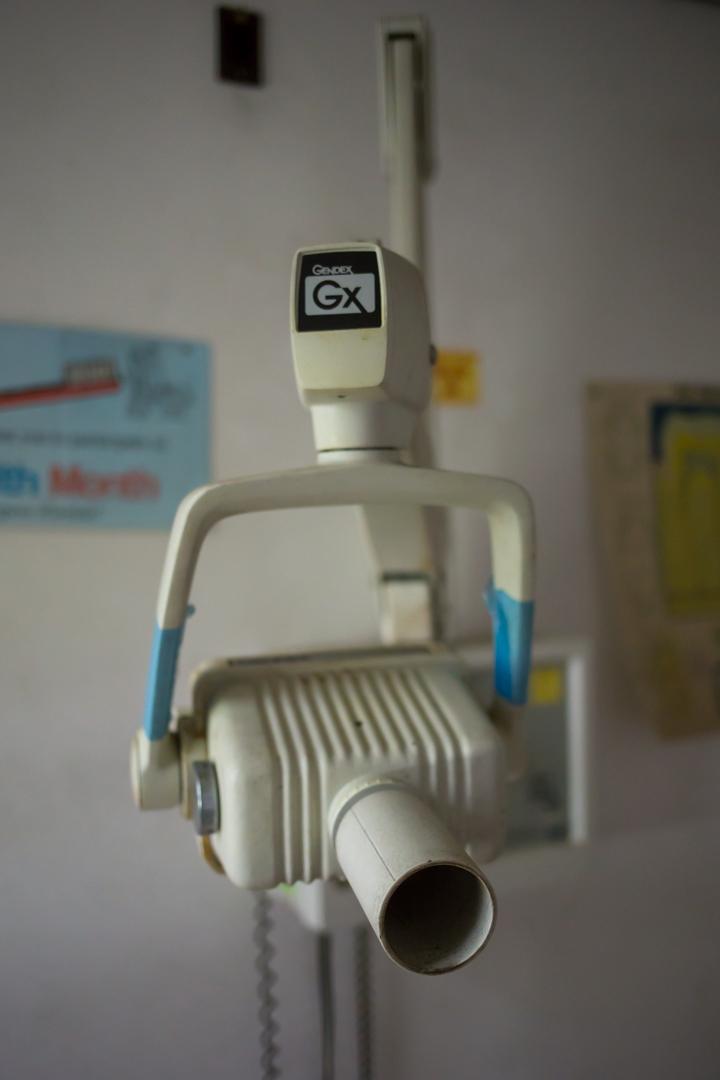Middletown Psychiatric: Tuckerman Hall
Middletown State Homeopathic Hospital, or Middletown Psychiatric, opened in Middletown, New York in 1874. It was the first hospital in the United States to use homeopathic techniques to treat mental disorders and probably for good reason—homeopathy is not based on actual science, and as it turns out, is has never been proven to be an effective treatment for much of anything.
Middletown also touted physical activity as a treatment course, and in 1888 a baseball team—called the Asylums—was formed, comprising patients, staff and local amateur players. Just a few years later the team was playing teams from the New York City region and in 1892 the Asylums only lost twice, both times to the New York Giants (the team that would become the San Francisco Giants after a 1958 move).
When it opened, Middletown only had 69 patients. The complex eventually grew to include more than 100 buildings housing nearly 4,000 patients in the 1960s. Through the years more mental health services were offered on a outpatient basis, and Middletown only had 80 patients when it closed officially in 2006. In 2015, one of the oldest buildings on the Middletown campus mysteriously burned down and several others are securely boarded up or completely empty.
Other buildings on the 232-acre complex have already been repurposed as part of the Middletown Community Campus. An article from January of this year states that the city has purchased more of the property from the state (for $1) with rehabilitation in mind, including the two buildings we explored: Tuckerman Hall and the Solomon Kleiner Center (deserving of its own post).
The photos in this post are from Tuckerman Hall, which appears to have been used for patient housing and medical services. There wasn’t much left inside of the building, but we did see a dental x-ray machine, lockers, medical cabinets labeled “treatments,” “lab supplies,” and “urine collection kits.” The walls have more peeling paint in muted institutional greens and pinks than I think I’ve seen in any of the other buildings we’ve ever explored and surprisingly few spray-painted dicks.
The small patient rooms are usually the saddest part of a place like this and when combined with the caged stairwells, I see little difference between Middletown and Eastern State Penitentiary. Attempts were made to personalize some of the rooms, but there’s no amount of colorful murals, floral curtains or uninspired artwork that can mask the suffering that inevitably occurred within these walls.





































